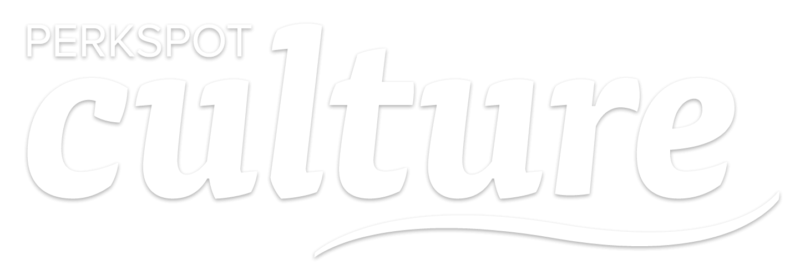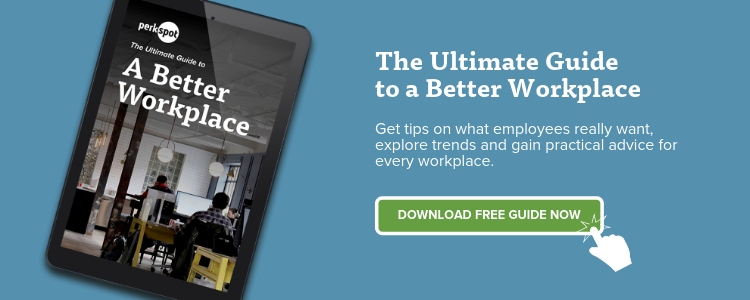Is There a Difference Between Diversity and Inclusion?

….And Do We Really Need Both?
Diversity and inclusion are two of the most popular buzzwords in HR today. But, let’s be honest. How many of us have truly spent the time to break each of these down and what they mean? Do we know the difference between the two? Plus, if they aren’t the same thing, do we really need both?
We’re breaking down Diversity and Inclusion and what these two mean for our businesses
- Definition of Diversity and Inclusion
- The Difference Between Diversity and Inclusion
- Why Diversity Matters
- Why Inclusion Matters
- The Case for Both Diversity and Inclusion
Defining D&I:
First, let’s get our definitions straight with Merriam-Webster:
Diversity:
The condition of having or being composed of differing elements. Try thinking of diversity outside of human resources. Really, it’s just adding variety to something. You could have a diverse palate by enjoying foods from different cultures, or a diverse wardrobe that contains all the colors of the rainbow.
Inclusion:
The act of including; the state of being included. For inclusion, maybe it’s helpful to think in terms of membership of a group or club. All the members actively decide to include someone on the outside. This is the act of inclusion.
The Difference Between Diversity and Inclusion
There’s a well-known quote by D&I expert, Vernā Myers, that puts it perfectly, ”Diversity is being invited to the party. Inclusion is being asked to dance.”. Diversity is great because it brings more ideas and perspectives to the table. Inclusion complements diversity by embracing those differences and finding ways to make every perspective feel welcomed and every voice heard.
Diversity Matters
Did you know that more CEOs in America are named David than are women? That’s powerful stuff when you think about the impact on these businesses’ bottom line. In “Diversity Matters” by McKinsey, they surveyed 366 businesses in Canada, Latin America, the U.S., and the U.K. to find out the effect of diversity on financial returns. The findings were significant: Companies in the top for racial and ethnic diversity are 35 percent more likely to have financial returns above their respective national industry medians, and companies in the top for gender diversity are 15 percent more likely to have higher returns.
Making your workplace more diverse isn’t guaranteed to be easy, but it’s definitely worth it.
Inclusion Matters
Diversity isn’t the only initiative producing high returns. In fact, in a study by Deloitte Australia, reported that when employees felt included, companies saw an 80% uptick in business performance. If this isn’t a case for inclusion, we don’t know what is! Employees who experience inclusion are more motivated to work harder, making a huge impact on the business.
You Need Both Diversity and Inclusion
So what good is a party without a little dancing, right? Diversity and inclusion go hand in hand in building a stronger workplace. Bringing in a ton of new perspectives and ideas is the first step. However, if employees don’t feel comfortable voicing these opinions, it’s a moot point. On the other hand, with nothing but a homogenous group, inclusion loses its power. That’s why diversity and inclusion are two sides of the same token. We have to seek out a diverse workplace. Then, we have to work to make each employee feel included and respected.
We’ve come a long way, but we still have a long road ahead of us. What are some ways your business is making a difference for D&I?















